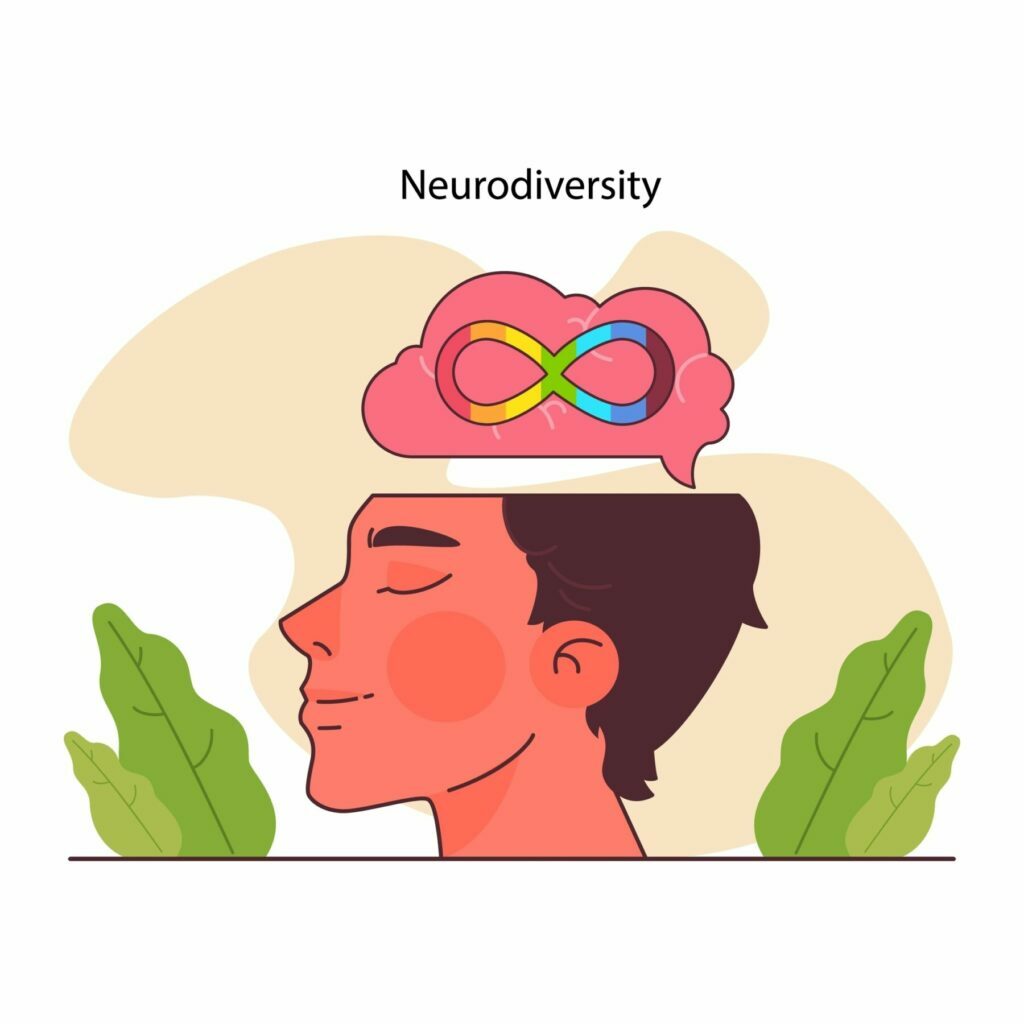Gray Area Drinking: Should I Be Worried?

The normalization of excessive drinking in Chicago and among the LGBT population is a concerning trend that can have serious consequences for individuals and communities, including alcohol addiction. In Chicago, like many cities, drinking alcohol is a ubiquitous social activity that is often associated with nightlife and entertainment. This can lead to a normalization of heavy drinking and binge drinking, which can have negative effects on physical and mental health, as well as social and economic consequences.
In fact, the Centers for Disease Control and Prevention (CDC), reports that binge drinking is a common pattern of excessive alcohol consumption in the United States. The most recent data from the CDC on binge drinking is from the Behavioral Risk Factor Surveillance System (BRFSS), which showed that the prevalence of binge drinking among adults aged 18 years and older in the United States was 25.6%.
According to the Chicago Department of Public Health, alcohol abuse and alcohol-related problems continue to be a significant public health issue in Chicago, as well. The most recent data available from the Chicago Health Atlas, a resource provided by the Chicago Department of Public Health, shows that in 2017, the rate of alcohol-related emergency department visits in Chicago was 632.5 per 100,000 people.
Groups at Risk for Problematic Drinking
Certain populations are more likely to engage in problematic drinking behavior than others. For example, gay men may be at a higher risk for heavy drinking due to the experience of minority stress and trauma. Gay men may face discrimination, rejection, and violence from society, and this can lead to feelings of isolation, depression, anxiety, and other mental health issues. In response to these stressors, some gay men may turn to alcohol as a coping mechanism. Additionally, the social norms within the gay community may also contribute to heavy drinking, as alcohol consumption is often a part of social activities and events. While not all gay men engage in heavy drinking, the combination of minority stress and cultural factors can make it more common within this population. Determining when drinking patterns are problematic is a bit more complicated.
What is Gray Area Drinking?
In “Quit Like a Woman,” Holly Whitaker (2019) introduces the concept of “gray area drinking” – a pattern of alcohol consumption that falls between social or moderate drinking and alcohol dependence. This type of drinking is characterized by regularly consuming more than recommended daily or weekly limits, but not necessarily experiencing severe physical or psychological consequences. People who engage in gray area drinking may not consider themselves to have a problem with alcohol, but their drinking patterns may still be affecting their health, relationships, and overall well-being. It is often characterized by feelings of shame, guilt, and a loss of control.
Gray area drinking can be difficult to identify and address because it is not as extreme as alcoholism, but it can still have negative effects on a person’s life. It is often characterized by feelings of shame, guilt, and a loss of control.
How do the systems we exist in impact our understanding of problematic drinking and its treatment?
Whitaker argues that traditional approaches to addiction treatment are often rooted in patriarchal, capitalist, and white supremacist systems that perpetuate shame, stigma, and a sense of powerlessness. She advocates for a more feminist and inclusive approach to recovery that emphasizes self-love, empowerment, and community building. Whitaker shares her own journey of recovery, and the role that feminism, spirituality, and creativity have played in her healing process. She encourages readers to embrace a holistic approach to recovery, and to recognize that addiction is often a symptom of deeper societal and cultural issues. She explores a range of topics, including mental health, spirituality, creativity, and activism, and discusses how each of these areas can support recovery and personal growth. Whitaker also shares practical tools and strategies for building a life that is free from addiction, such as mindfulness, self-care, and community building. Whitaker argues that her vision of a more holistic approach to recovery addresses the root causes of addiction and helps individuals build a more fulfilling life.
Time to Also Fix the Systems
If systems encourage problematic alcohol use, we can’t ignore the systems either. In the final part of the book, Whitaker looks to the future of the recovery movement and advocates for a more inclusive and diverse approach to addiction treatment. She discusses the importance of social justice and collective healing, and encourages readers to become advocates for change in their communities. Whitaker shares her own work as a recovery advocate, and offers practical tips and resources for those who want to get involved in the recovery movement.
Feminist, Holistic, and Community-Based Approach to Recovery
Effectively addressing your drinking – even determining if it’s problematic or not – requires the consideration of all of the factors that influence it. Yes, personal responsibility matters. So do systems.
Working with a therapist for addiction that truly understands the factors impacting you is crucial. We strive to understand the big picture so that we can most effectively help you live the life you want. Schedule an appointment with one of our therapists today!
This blog is made for informational and educational purposes only. It is not medical advice.
The information in this blog is not intended to (1) replace a one-on-one relationship with a qualified licensed health care provider, (2) create or establish a provider-patient relationship, or (3) create a duty for us to follow up with you.



